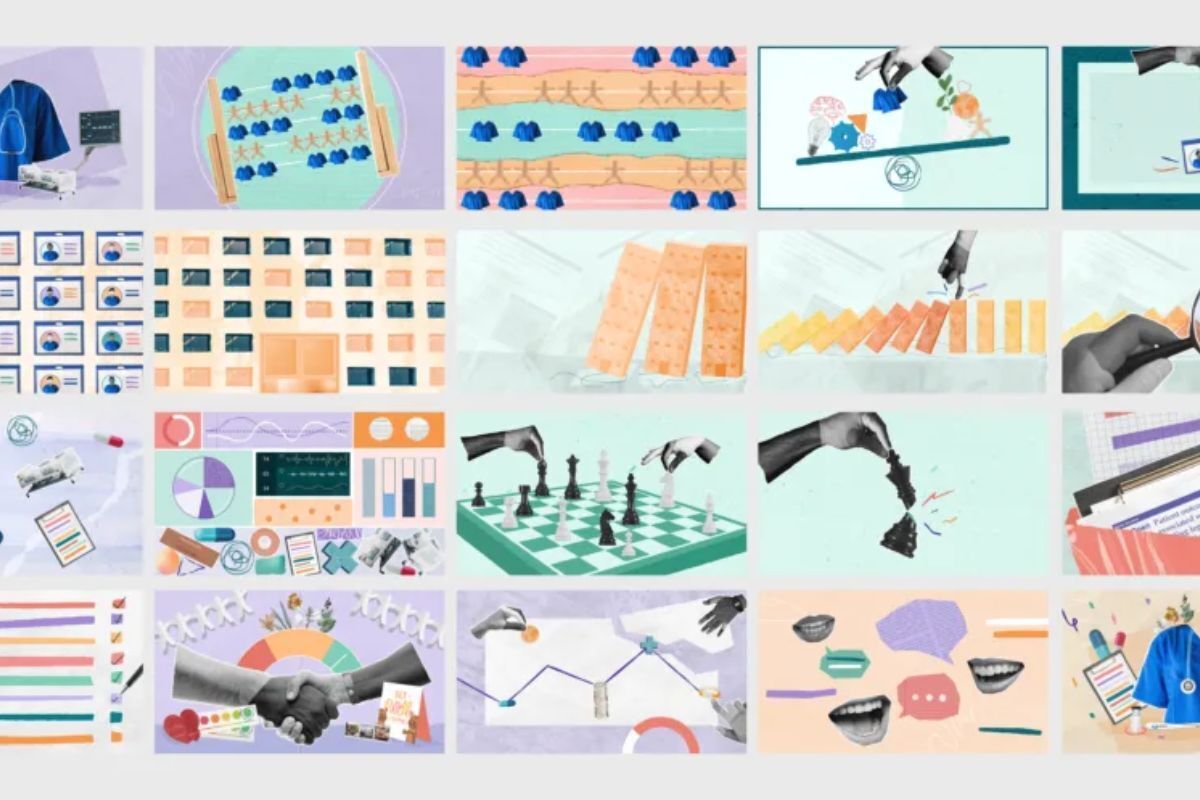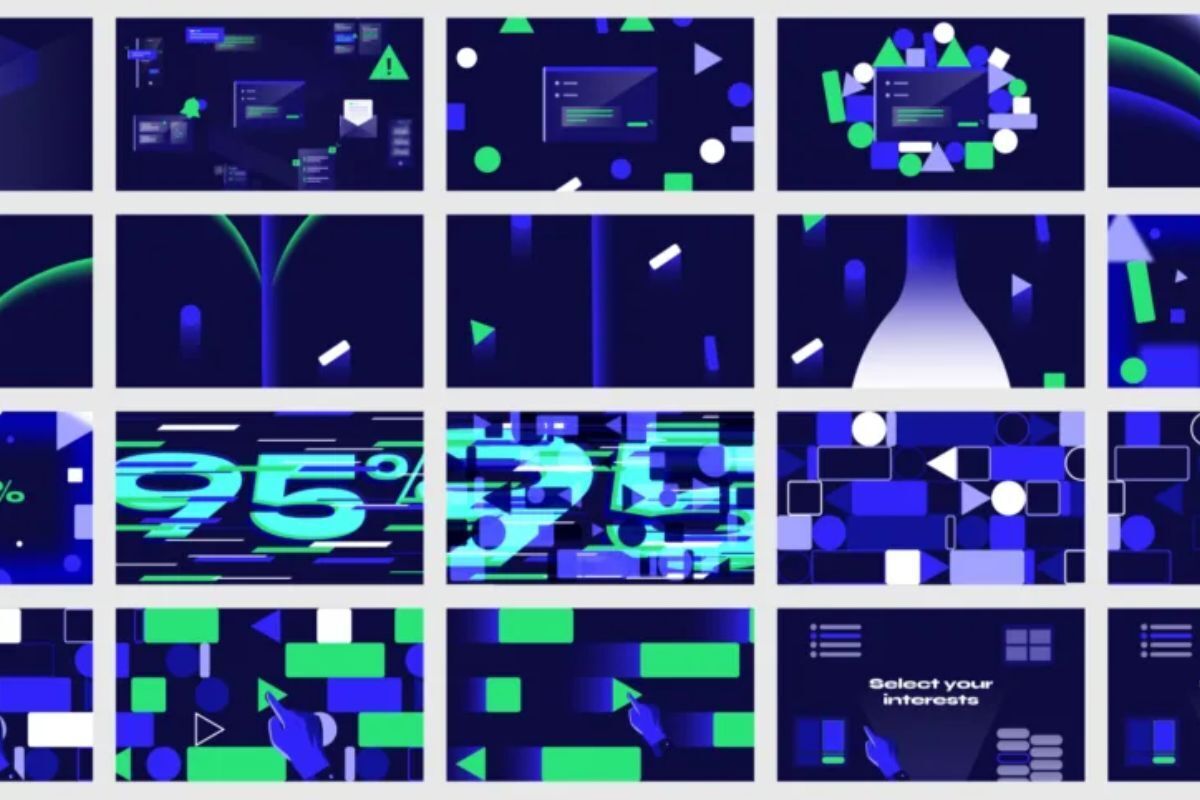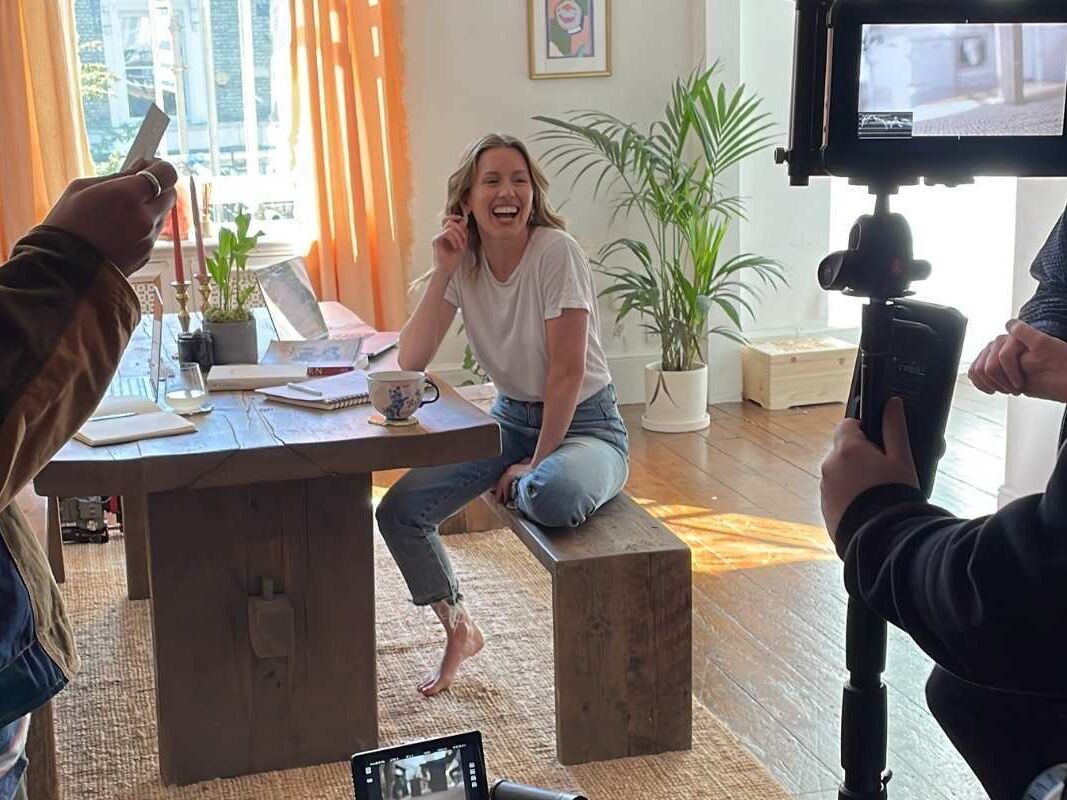How Animation Is Used in Education Videos

Consider that 3 in 5 of us are visual learners, and you’ll start to see why animation is a powerful tool educators use to improve learning outcomes.
Not just for kids and no, not just for classes, animation comes into its own whenever you have complicated information you need to get across - for organisations, tech startups, training videos? Animation puts intangible concepts in front of your audience’s eyes.
Read on to learn how animation is used in education videos, plus advice for making yours feel fresh and worth learning.
Why Animation Works in Education
First up, why does animation work so well in education? Well, let’s take a study testing the impact of animations when teaching Biology students.
Students who watched animations when learning about difficult Biology topics kept more information in their heads 21 days later than students who just saw a graphic.
But why is that? Here are a few reasons why animation helps us learn:
It’s More Realistic - And, if you’ve ever seen Pixar, you’ll know animation doesn’t have to match reality. The point is that animations match the sequences of events and motion we’d see in real life, going all the way back to our ancient survival mindset and making our memory take notice.
It’s Easier to Process - Ever read a book and formed a picture of the story in your head? We do this whenever we read a document or see a graphic. Animation takes the effort away by visualising a process for us.
Animation’s Fun - Memory coach Jim Kwik shares in Limitless that we only remember what we’re interested in. Done creatively, animations tap into the same part of us that loves to binge Netflix - it captures our attention and makes us want to find out more.
If you’ve got an animation in your head, or information you want to share, and you’re itching to bring it all to life, we can help. Find out more about our animation services to get our animators and VFX artists working on your project.
Here's a storyboard we made for a nursing animation we made for Cardiff University, visualising how research on nurse staffing decisions differs from the reality of working in the field.

Types of Educational Animation
So now you have an idea of why animation can be powerful in learning, let’s go into the main types. A big caveat here is that visual storytelling is always changing, and our creatives spend lots of time searching for the latest trends to keep our animations fresh and exciting.
That said, here are six main animation styles you can choose from:
Icon-based animations use icons and pictograms.
Typographical animations animate your text.
2D animation is an affordable way to tell stories with simple vectors.
2.5D animation layers 2D elements, lighting and camera movement to give the illusion of extra depth.
3D animation uses models, textures, lighting and rendering to show space and movement in your animation realistically.
Hand-drawn animation gives an artistic feel for storytelling, where each frame is drawn by hand, either digitally or traditionally.
When to Use Education Animations
Educational animations might be useful in the classroom, but they have a whole lot more uses for your business or organisation. Here are just some of the ways you can use them - your imagination’s the limit:
When You Want to Promote Awareness of an Issue or Concept
Take Cardiff University as an example. We’ve been lucky enough to have lots of creative freedom working with them to raise awareness on topics ranging from nurse staffing to premenstrual dysphoric disorder (PMDD) for their National Centre for Mental Health (NCMH).
In these cases, animation can translate important research or information into easy-to-understand, memorable stories that spark discussion and even recruit study volunteers.
Explaining a Service That’s Hard to Understand
Say you’re promoting your tech startup. Sometimes the barrier to customers wanting to buy your services is their understanding of what you actually offer.
Amplyfi is a perfect example. As an AI-powered market intelligence platform that can process a lifetime of reading every twenty minutes, how were they going to communicate that in just one video?
That’s where animation excels. We created one explainer and two solution-based videos targeting sales, marketing and risk teams. As our director Lewys Hobden put it, this meant visualising abstract data streams, ‘like a beaded curtain of Matrix code,’ putting information at Amplyfi users’ fingertips.

Training Videos
Perhaps the simplest form of animation, sometimes you need to teach people how to do a task in a way they actually understand (remember all those visual learners?)
This was the case with TestLodge, where we helped them create a video to show software testers how to create and accurately execute their test cases. If you’re making a similar educational video full of information-heavy content, we’d always recommend aiming for a stage where even beginners on a topic can make sense of it.

How to Make Great Animated Educational Videos
Last of all, let’s leave you with some advice to help you create the best educational animations for your brand. After all, animations take investment, so you need to make sure you’re doing it right.
Keep Things Simple
Throwing so many facts and figures at your audience that they tune out is no way to get them learning. Instead, aim to spark curiosity and lean into what animation’s good at - keeping things simple.
Once you’ve grabbed your audience’s attention, you can always go deeper with more videos or written materials. When it comes to animation though, remember your intention and don’t waffle.
Forget Physics
We’re keeping things simple, but you don’t have to keep it real. Remember, the brilliant thing about animation is that you’re not limited to the actors you can cast, or even what reality looks like.
Animation is about taking the ideas, research or information you want to share and using your imagination to visualise it for your audience. Want to change opinions on a topic? It’s an ideal medium for helping people see differently.
Make Your Animation Scalable and Adaptable
If you’re going to put the effort into making an educational animation, the last thing you want is for it to be used once on one platform, then sit around gathering dust.
Whether you’re going for a website video, a commercial or a social media post, making your animations adaptable for different screen sizes and resolutions will give you even more possibilities to use them.
Stick with a brand style, and you can also edit old animations into new videos. Or, go the way of Testlodge and keep it simple so your animation stays evergreen, no matter how much your growing brand changes.
How We Can Help
And that’s a wrap! We hope you’re feeling a lot more confident now around how animation is used in education videos, and thinking up possibilities for the message you want to share.
Ready to make your educational animation?
At STORM+SHELTER, our team of animators and VFX artists love bringing stories to life with animations to capture attention, and your audience’s imagination too.
If you’d like to work with us, find out more about our animation services here and see all our latest education projects. Contact us when you’re ready to get started.
